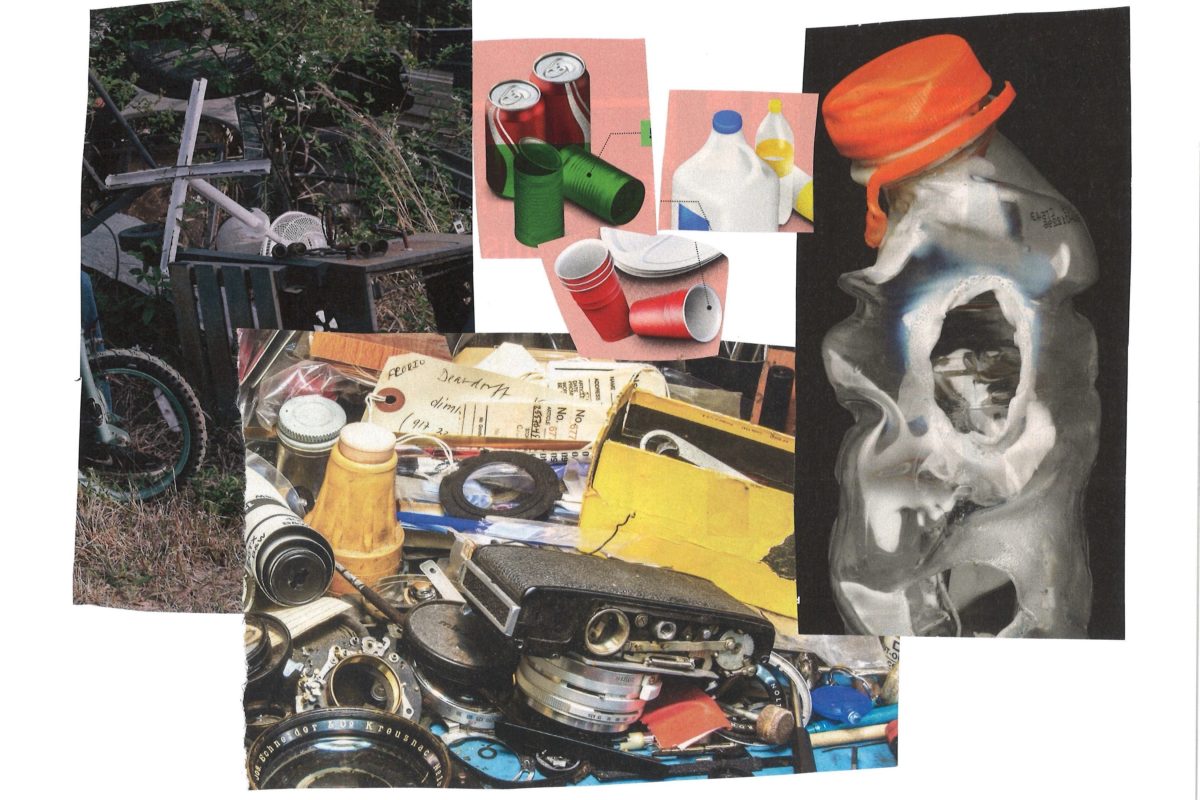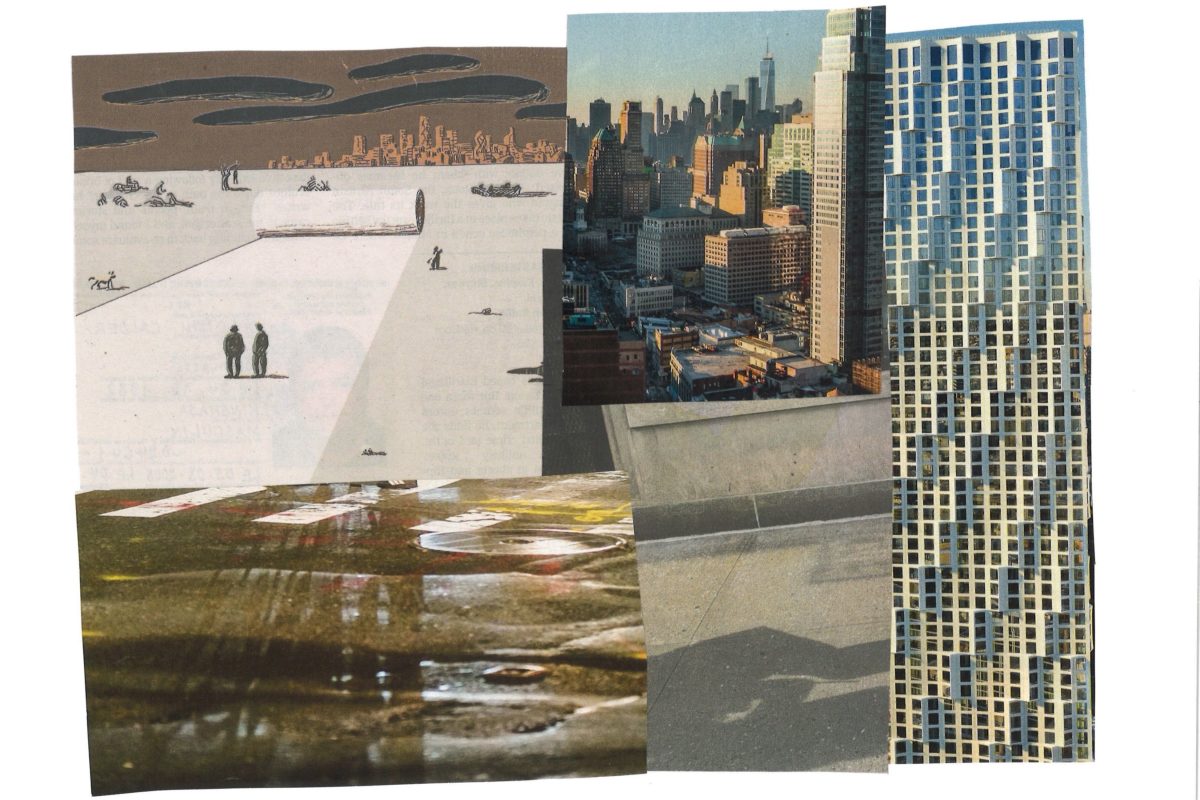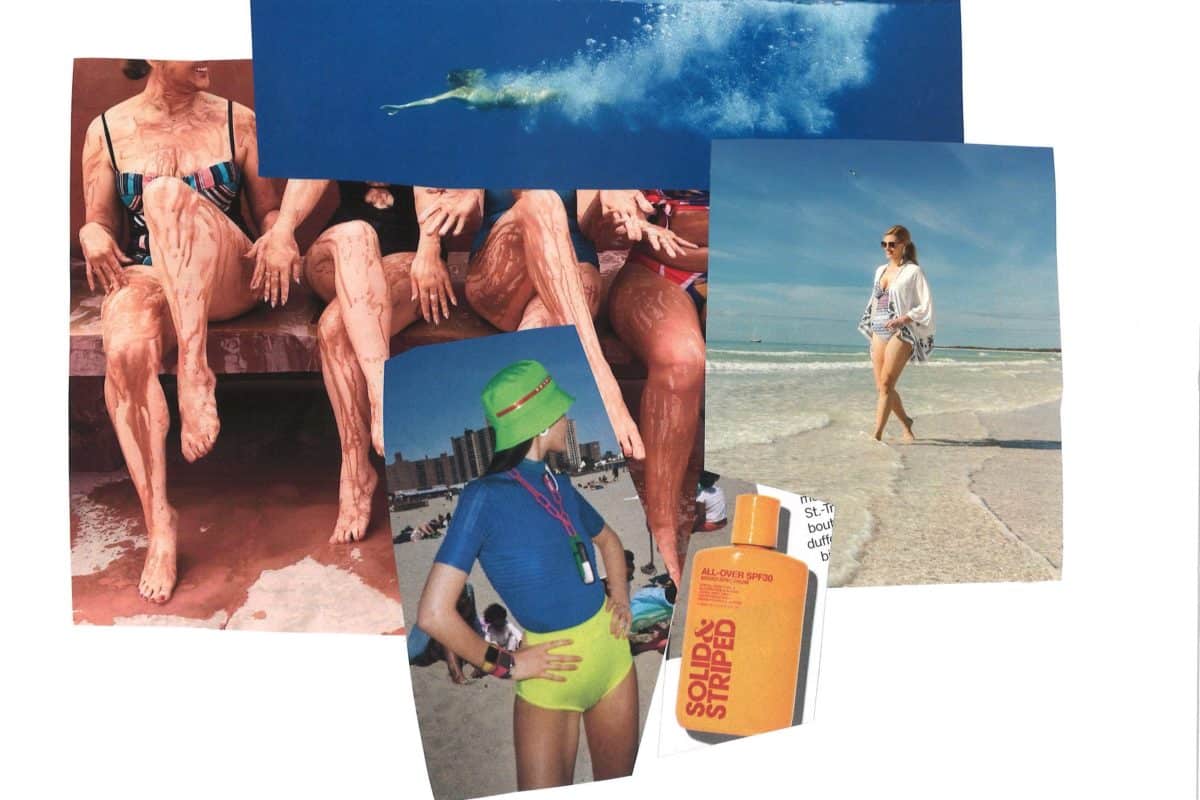What’s the Difference Between Pottery and Ceramics?
Chances are, you used some sort of pottery/ceramic product today: the mug you drank your coffee out of, the plate you ate your lunch on, the artisanal, hand-made pot you warmed your artisanal, stone-ground oats in, etc. But do you ever stare at the mountain of dishes in your sink and ask yourself, Gee, would those be classified as pottery or ceramics?No? Well, you’re about to learn the difference anyways.
Technically speaking, ceramics are things made from non-metal materials that are permanently changed when they’re heated. The classic example is clay: even a dried clay product will disintegrate in water, but once it’s heated to between 350°C and 800°C (or above), it can get as wet as you want it. Glazes, which are actually a type of glass, are also ceramic; the firing process makes them stiffer than glass that’s poured or blown, allowing them to stick to clay surfaces. Other ceramic materials include the stuff that’s used in industrial or “advanced” ceramics, like silica carbide and zirconium oxide; these are the materials that things like spaceships are made of, and they’re able to withstand the super-hot temperatures generated upon re-entering the earth’s atmosphere.
Pottery is a type of ceramic, specifically containers made out of clay. (So an art piece made out of clay would not be pottery—it’d just be ceramics.) There are three major categories of pottery: earthenware, stoneware, and porcelain.
Earthenware is made of clay that’s fired at relatively low temperatures (1,000°C to 1,150°C). The resulting product is porous and coarse, which then gets glazed and fired a second time.
Stoneware is made of clay that’s fired at a high temperature (1,200°C) until it’s the consistency of glass, a process called vitrification. Because stoneware is non-porous, any glaze applied to it is purely decorative.
Porcelain is a very hard, translucent white ceramic. To make it, small amounts of glass, granite, and feldspar minerals are ground up with fine, white clay and then mixed with water until the mixture is malleable. The resulting products get fired between 1,200°C and 1,450°C; decorated with glaze; and then fired again. This is also known as fine china. Bone china, which is stronger than porcelain, is made by mixing feldspar minerals, fine silica sand, and ash from cattle bones into that fine, white clay, and then is shaped and fired in the same manner.
If you liked this, subscribe to the What’s the Difference newsletter here!



